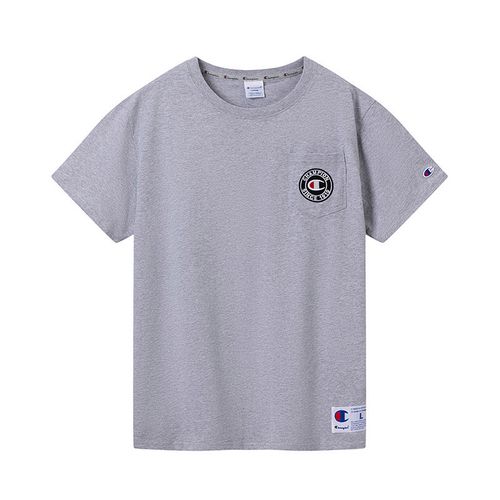Winter woolen clothing is a warm and fashionable choice, but they also require special care to maintain good appearance and service life. Here are some tips on how to care for woolen clothing in winter to avoid washing deformation and insect damage.
1. Gentle hand washing: Woolen clothes are best cleaned using gentle washing methods. Fill the laundry sink or basin and add an appropriate amount of warm water and special sweater laundry detergent. Place the sweater in the water and rub it gently, avoiding excessive stretching or rubbing. After cleaning, gently press with a clean towel to absorb excess moisture, then lay flat to dry.
2. Avoid soaking and twisting: Soaking woolen clothing may cause the fibers to stretch and deform. Therefore, it’s best not to soak your sweater in water, but simply hand wash it on a gentle cycle. At the same time, avoid excessive twisting or wringing during the washing process to avoid deformation of woolen clothes.
3. Use a protective bag: In order to prevent woolen clothes from getting entangled with other items during the washing process, you can use a special laundry bag. Place your sweater in a laundry bag to prevent fibers from sticking and stretching.
4. Avoid drying or exposure: Woolen clothing should be avoided from direct exposure to sunlight as much as possible, because sunlight can cause color fading and fibers to become brittle. It is best to choose a well-ventilated, cool and dry place to dry.
5. Place and store gently: When placing or storing woolen clothing, care should be taken to avoid hanging or applying excessive weight. Heavy objects may cause the garment to deform or cause noticeable indentations. It’s best to lay woolen clothes flat in a dry, tidy drawer or closet and use mats or cardboard for support to keep their shape.
6. Pest-proof measures: There may be clothes moths or other pests in your wardrobe in winter. To avoid damage to your clothes, place natural insect repellents such as moth balls, desiccants or herbs in your wardrobe. In addition, check wardrobes and clothing regularly to detect and deal with pest problems promptly.
Remember, each piece of woolen clothing has its own unique characteristics and weaving method, so during the care process, reasonable care needs to be taken according to the label and material characteristics of the clothing. processing. The above suggestions can be used as basic guidance, but specific operations need to be carried out based on actual conditions.









